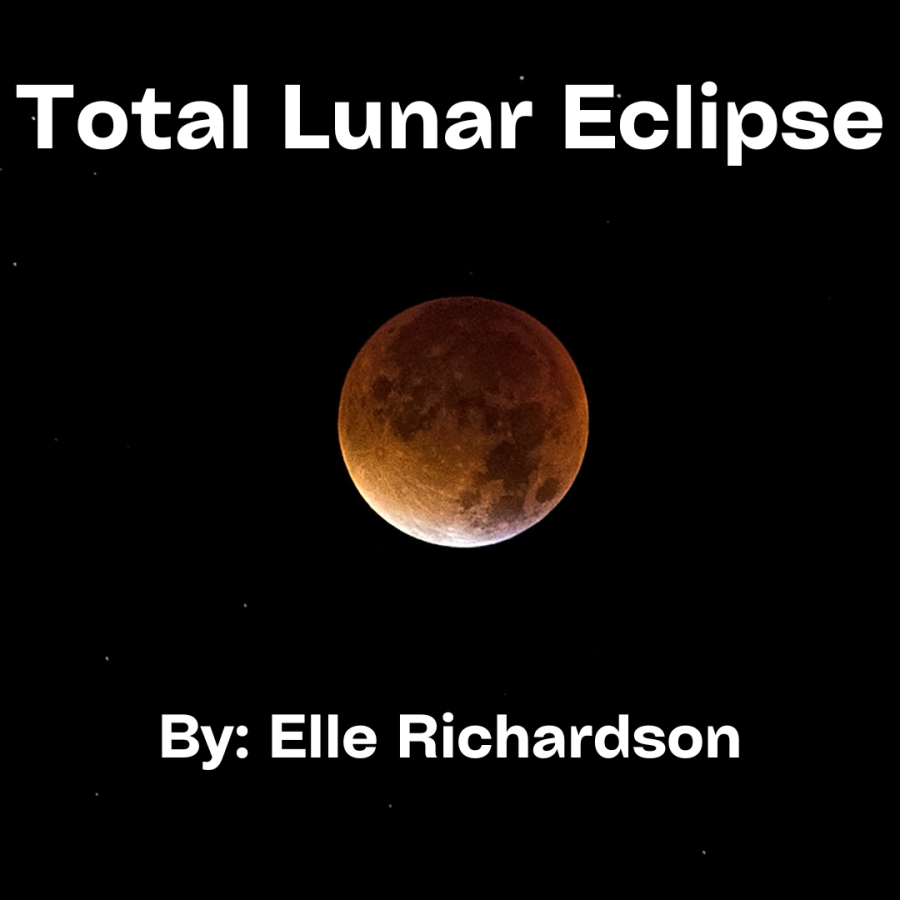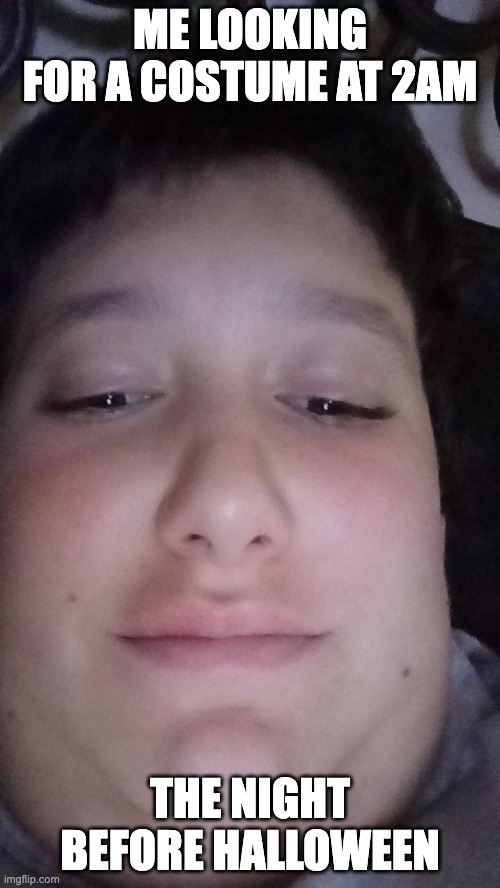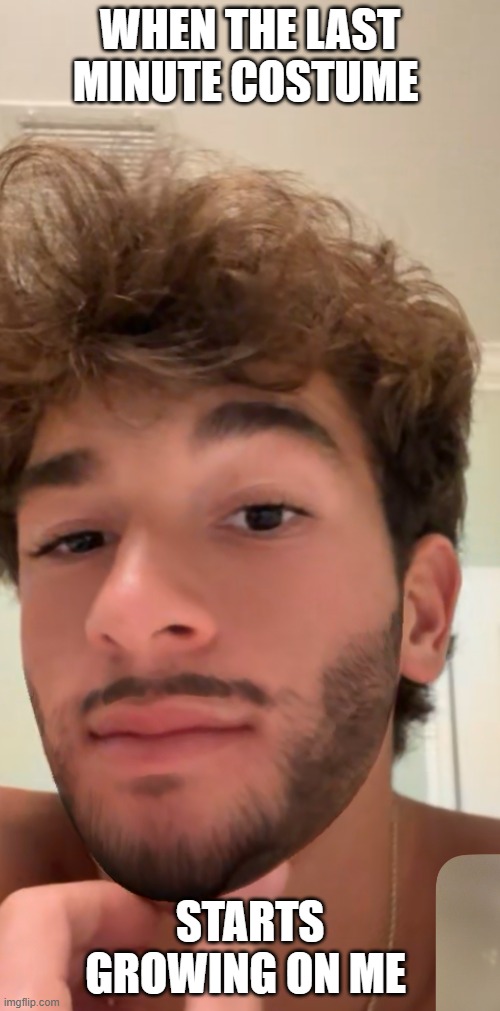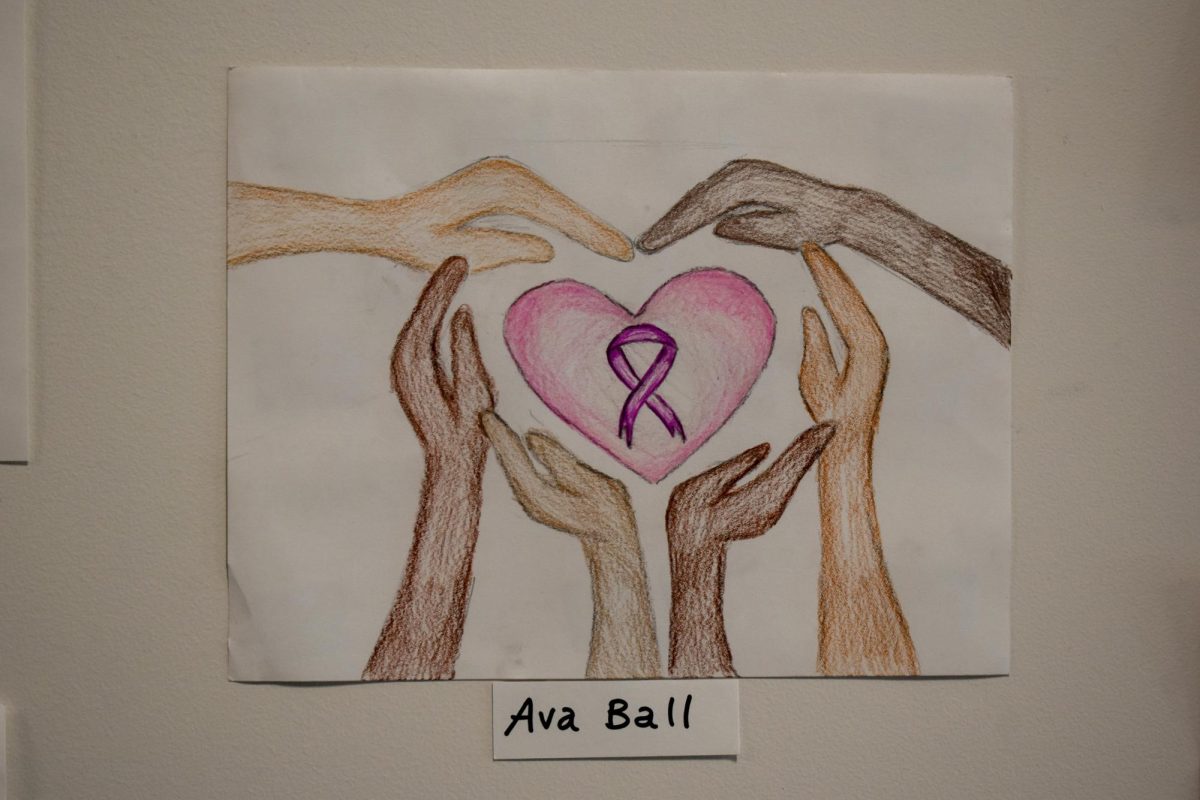Total Lunar Eclipse
November 9, 2022
Early yesterday morning, there was an interesting astronomical phenomenon that only occurs every few years. Not only was there a full Beaver Moon this morning, there was also a full lunar eclipse. While a full Beaver Moons does appear once a year, this was the last lunar eclipse for the next three years.
Lunar eclipses occur when the moon passes behind the Earth in a way that the Earth’s shadow, the umbra, falls directly on the moon. This is rare as the moon’s orbit is constantly rotating back and forth. Unlike a solar eclipse, it is completely safe to look at with the naked eye.
There are two types of lunar eclipses: partial and total. A partial lunar eclipse is when the moon only passes through part of the umbra, meaning only part of it is shaded. A total lunar eclipse occurs when the moon is completely shrouded in the umbra. A total lunar eclipse is much more rare than a partial lunar eclipse.
The umbra takes on a reddish hue. This is because when sunlight reaches our atmosphere, it gets scattered, filtered, and sorted via wavelengths. Our atmosphere contains the Ozone layer, which is responsible for refracting the shorter wavelengths of blue and purple, which are more dangerous as they carry more energy at a higher intensity. Yet the longer wavelengths of red and yellow are bent and refracted rather than reflected in Earth’s outer atmosphere. This is what causes the umbra, and in turn the moon during a lunar eclipse, to appear red.
The chemicals and components of Earth’s atmosphere also determine what color the moon will appear. The more dust, moisture, and fine particulate matter, the deeper in color the moon will be. This means that more densely populated or tropic areas tend to experience a deep red moon during a lunar eclipse while less populated and polar regions tend to experience a golden moon.
Unfortunately for those who didn’t know ahead of time, the eclipse ended at 6:45 AM. But don’t give up hope yet: Lunar eclipses occur about once every four months and total lunar eclipses occur around once every 2.5 years. These phenomena usually last a few hours, meaning the window of opportunity to see it is much greater than that of a solar eclipse.








